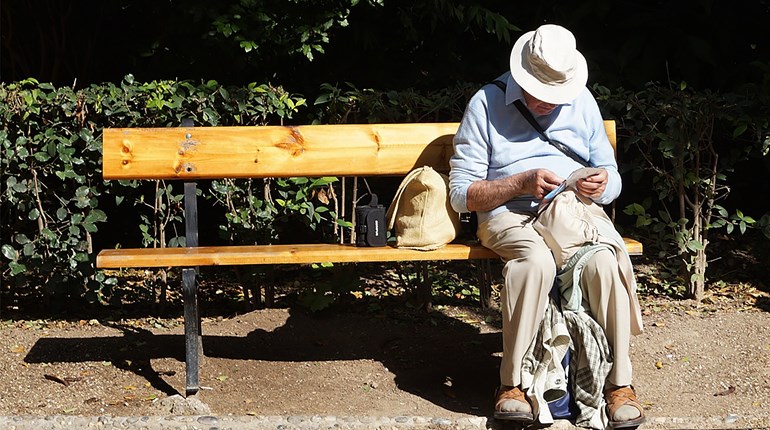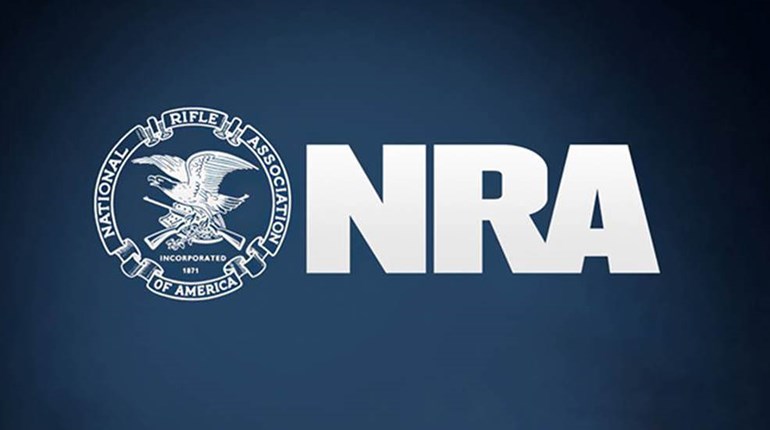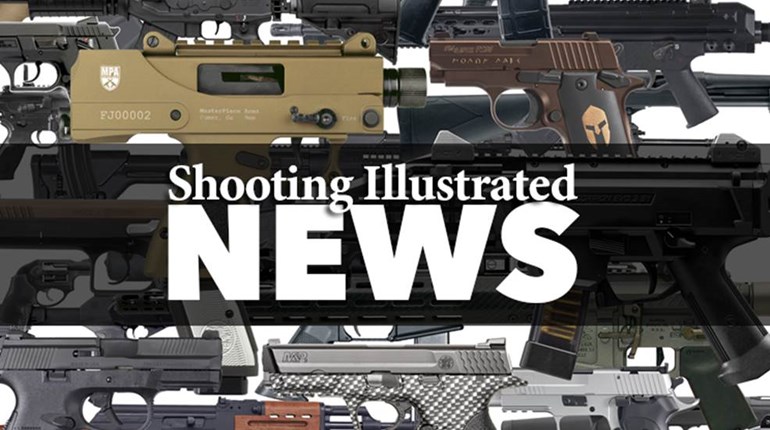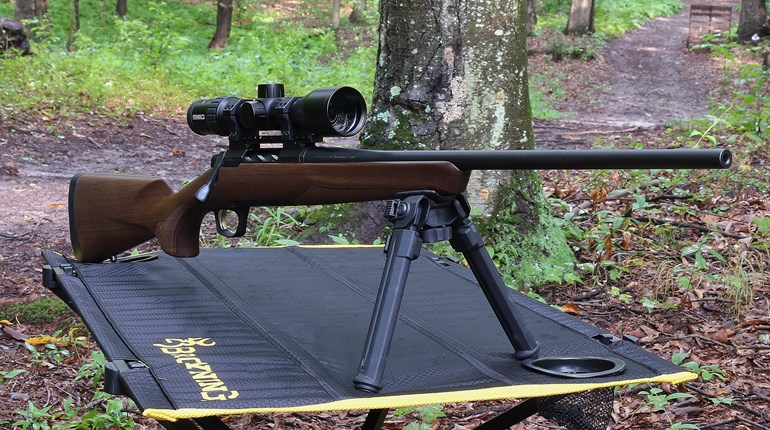
This feature appears in the February ‘16 issue of NRA America’s 1st Freedom, one of the official journals of the National Rifle Association.
After gobbling up 15 years worth of taxpayer funding, a Maryland “ballistic fingerprinting” effort has been ended by state officials. It’s about time, we’d suggest, since the $5 million system never solved a single case.
Beginning in 2000, the state required a fired cartridge case from every new handgun sold in the state, hoping to later provide a forensic link between cases recovered at crime scenes and their archive. Imprecise images plagued the program from the outset, wasting investigative time and resources by returning multiple (even hundreds) of matches to a single sample.
“It could have been tweaked,” a forensic scientist lamented to the Baltimore Sun, despite the ATF opinion that guns used in crimes have often been stolen and resold illegally, perhaps repeatedly. So a link to the original, lawful owner would add what, precisely?
Former Gov. Parris Glendening, who considered the program one of his crowning achievements, was dismayed the scheme didn’t work, since it was such a common-sense gun safety measure. (Does that sound familiar?)
“Obviously, I’m disappointed,” he told the Sun. “It’s a little unfortunate, in that logic and common sense suggest that it would be a good crime-fighting tool.”
Being 0-for-300,000 says all that needs to be said.

































